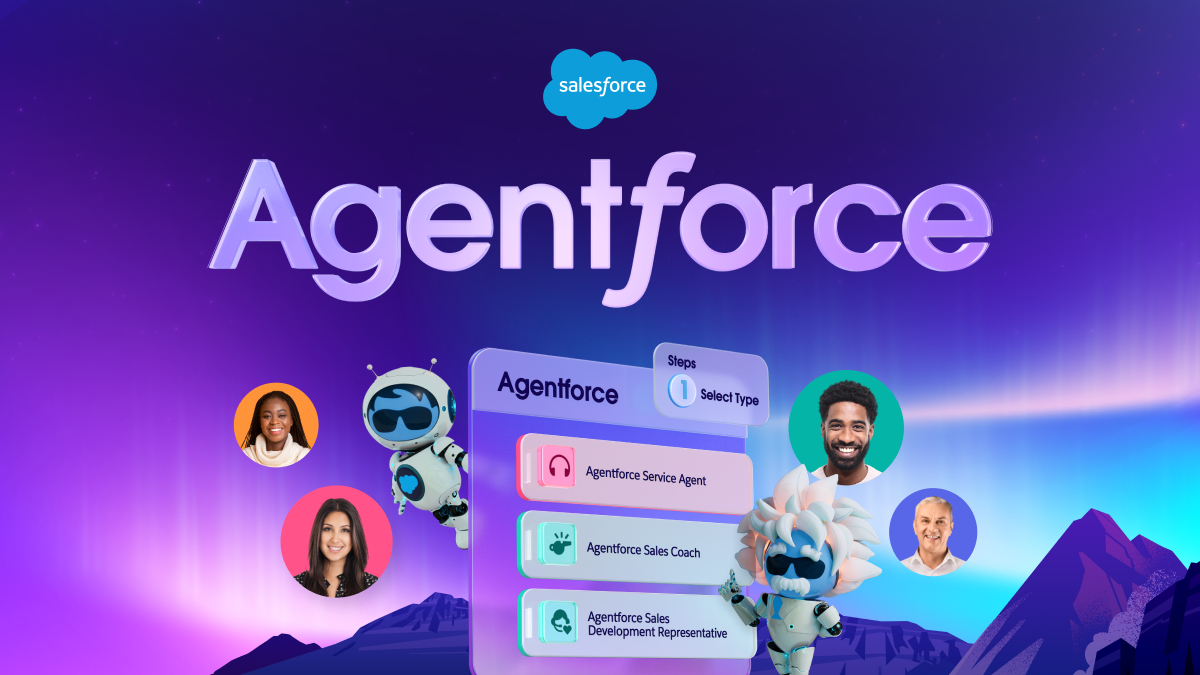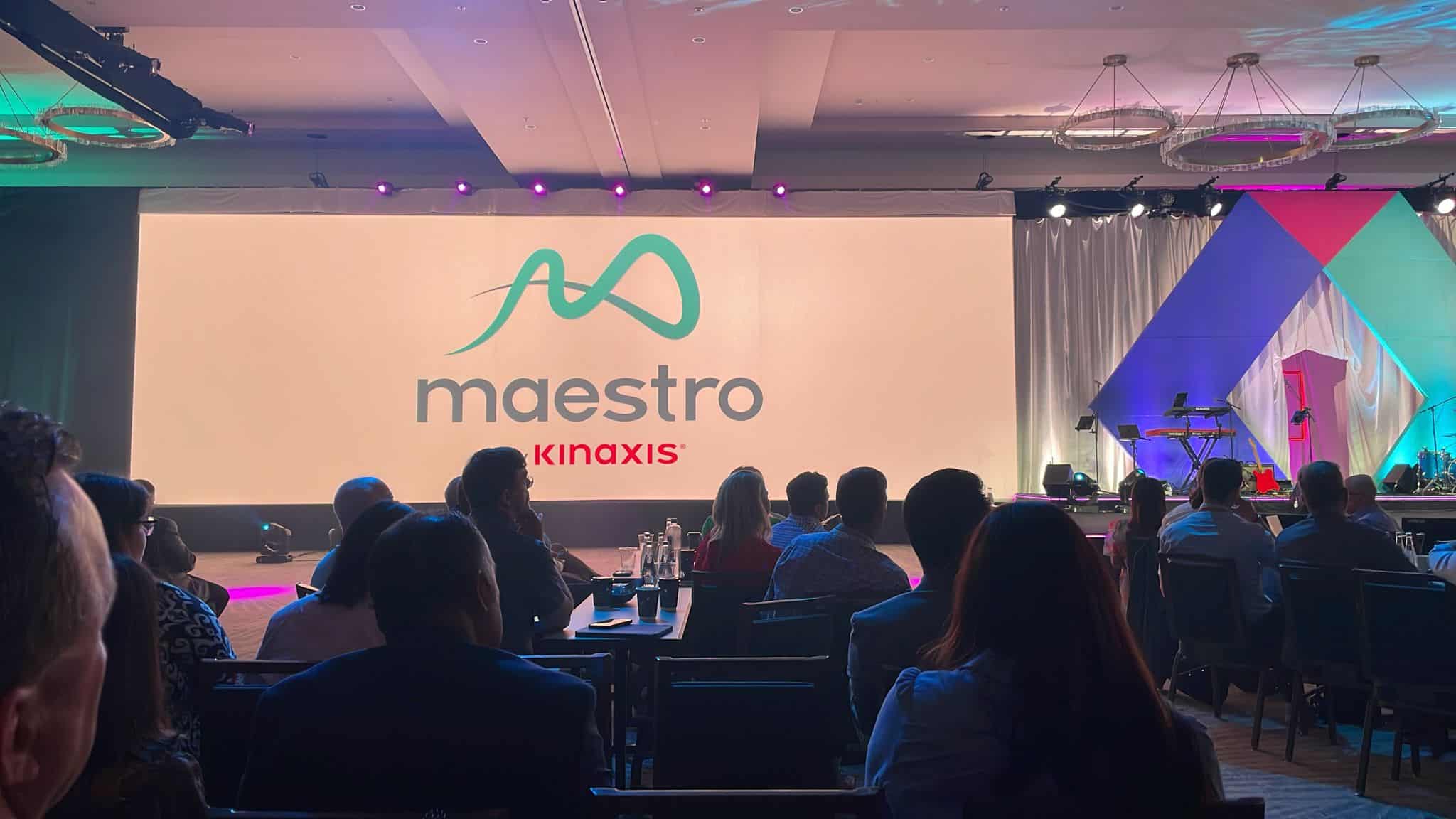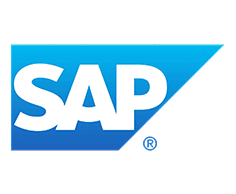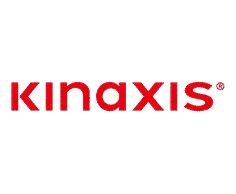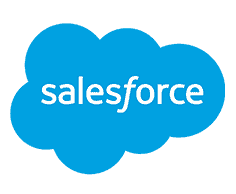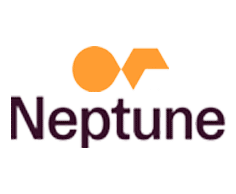In our previous articles dedicated to analytics, we discussed what Data Storytelling represents, considered a new tool for business growth based on measurability. Today, we continue talking about data and their ability to tell stories, but we focus on a specific topic—a current trend that is impossible to ignore: artificial intelligence and its ability to support data through predictive analysis. Let’s explore what it’s all about.
Predictive analysis: meaning and benefits
Predicting the future? Until some time ago, it was something not even present in the collective imagination. Today, artificial intelligence has made significant strides, to the point that in the near future it is expected to be considered the deciding factor in business. Companies that implement it within their operations will gain a substantial competitive advantage. Its potential is growing exponentially, and among its most important applications for businesses is predictive analysis. The name may leave room for many interpretations, but let’s try to explain concretely what it’s all about.

The plug, the one we use daily to power appliances, is the means, while electricity is the source—without it, everything electric in our homes would lose its purpose. Well, AI is now considered the “new electricity,” the true revolution of the new millennium. And what about predictive analysis? Where does it fit?
It represents an aspect of artificial intelligence, the only one capable of making predictions about the future based on past events. It involves a set of techniques that use data, statistical algorithms, and machine learning to identify the probabilities of future events based on historical data. The goal is to analyze large and even heterogeneous datasets to extract meaningful insights and identify correlated patterns. This is the aim of predictive analysis, and it is its greatest revolution—provided that the data used for analysis is always of high quality.
When this condition is met, AI can effectively support business decisions, which, of course, ultimately rely on human judgment and decision-making skills.
Predictive analysis: application fields and competitive industries
 We know it might still sound a bit strange, but today, being able to predict what will happen in a company is possible. No crystal ball required. The secret lies in predictive analysis and its ability to minimize errors, reduce effort, and optimize costs.
We know it might still sound a bit strange, but today, being able to predict what will happen in a company is possible. No crystal ball required. The secret lies in predictive analysis and its ability to minimize errors, reduce effort, and optimize costs.
Predictive analysis, in fact, is useful in various fields. Here are some examples:
- Marketing: Understanding the target audience and their behavior more effectively. This ensures a more efficient communication strategy, as it is data-driven, and enables a higher level of personalization for both potential and existing customers. It allows for budget optimization, identifying customer expectations, and launching the right products at the right price. The result is an improvement in customer acquisition and retention processes.
- Human Resources: extracting data related to resumes, skills, employee images, and writing style, as well as profiling candidates into different categories.
- Customer service: using data from conversations, requests, and customer feedback to identify the best responses.
- Retail market: Collecting data related to product production and demand, as well as pricing suggestions based on contextual data.
- Energy: Predictive analysis is also useful for demand forecasting, which aims to predict the power demand from users by analyzing data provided by smart meters:intelligent measuring devices.
- Pharma: determining parameters essential for predictive quality using analytics models, with particular attention to the process.
- Manufacturing: predictive maintenance represents an innovative approach to anticipating malfunctions rather than fixing them after they occur, thereby reducing downtime and costs associated with machine stoppages and setups.
- Luxury and fashion: predictive analytics is essential to reduce the risk of stockouts or surpluses, minimizing missed sales in both physical and online stores.
- Finance: the ability to positively impact the performance of banks and insurance companies by acting both internally and on their relationships with customers, around whom an ecosystem of information is built. This is the strength of predictive analytics in this specific field, which also drastically reduces the churn rate percentage.
Conclusion

Increasingly advanced language models that leave no room for doubt. Artificial intelligence, as we have already mentioned, is making giant strides (ChatGPT is clear proof of this), and the only task each of us should focus on is staying up-to-date, keeping in mind that AI is already here. So, what should we do? Certainly, we should keep pace with the times by embracing change and preparing to study the best business strategies to adopt in the near future.
The competitive advantage that companies will gain by starting to use AI—particularly predictive analytics in various fields, as we have just seen—is undeniable. Improvements in production and workflow efficiency are among the benefits you can expect to see double.
Specifically, at Artmatica Partners, we have been immersed in the world of digital transformation and artificial intelligence for over 20 years, seeing them as a natural consequence of the constant growth that digital transformation entails every single day. Our ability to stay at the cutting edge allows us to offer clients a range of innovative solutions so that renewal is not only necessary but also achievable.

